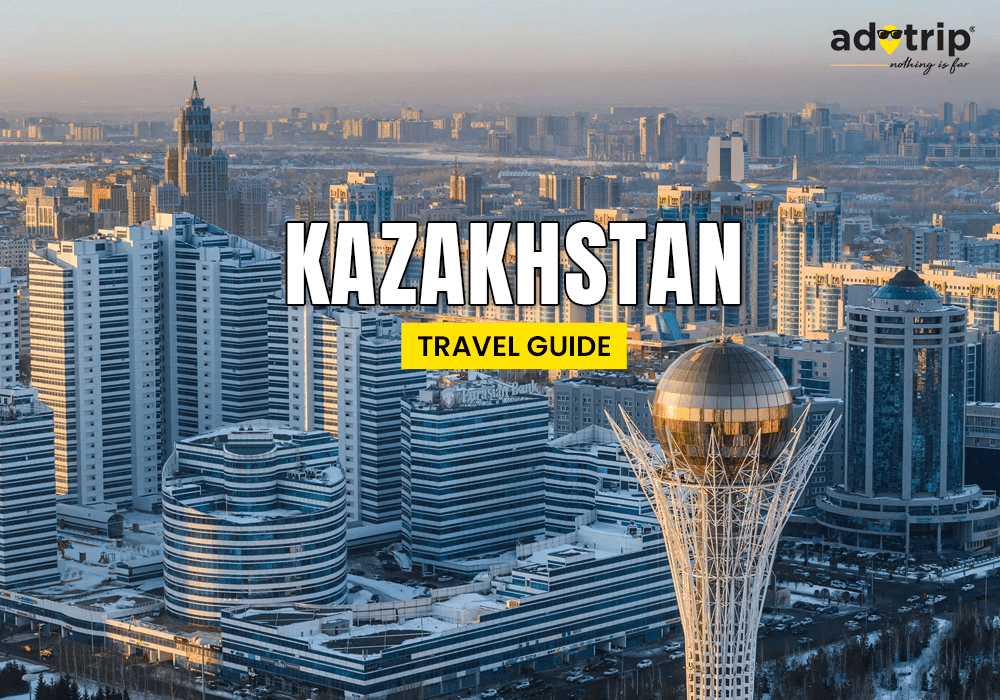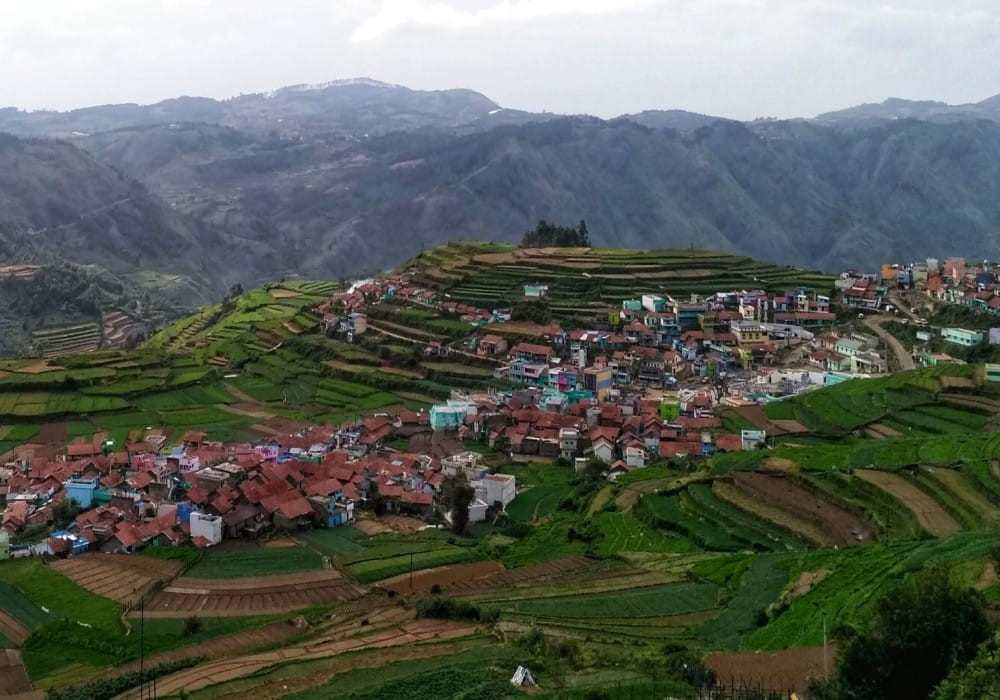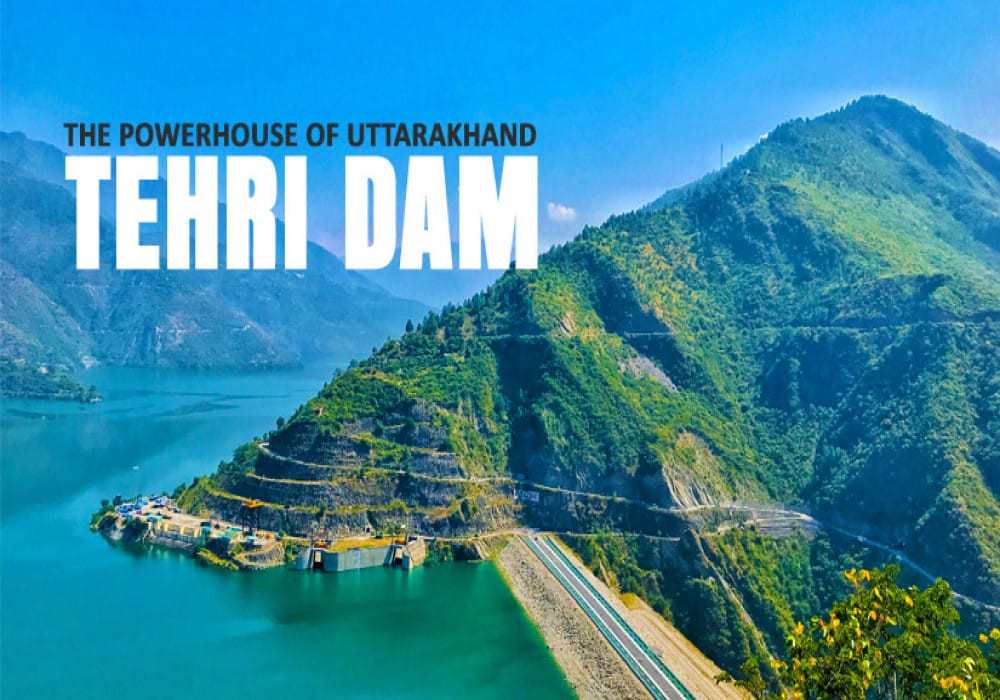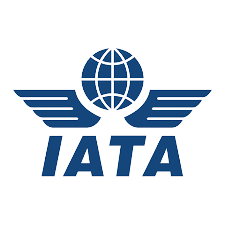
Last Updated At: 31-Jan-2025
History Of Estonia - Cultural, Festivals And Historical Landmarks
Estonia, known for its dense woods and Tallinn's historic charm, has a unique history spanning millennia. This Baltic nation has recently witnessed a tourism surge and introduced a Digital Nomad Visa for long-term stays. The best time to visit is between June and September. While many travellers limit themselves to a few days in the capital, we advocate spending at least seven days for a deeper exploration of the history of Estonia beyond the well-trodden paths. Tallinn Airport, the largest in Estonia, is the gateway to this intriguing land. Immerse yourself in the captivating layers of Estonia's history and experience the richness of its past. So, let's go, people!
History Of Estonia - Estonia Through Time
Explore Estonia's captivating history, from its ancient roots to modern innovations, encompassing a unique blend of influences that have shaped this Baltic nation over millennia. Keep reading for the entire information.
- Ancient Roots | Estonia's Early Civilisations
- Mediaeval Heritage | Tales of Tallinn
- Foreign Influences | Shaping Estonia's Identity
- Independence Struggle | The Birth of a Nation
- Soviet Era | Estonia Amidst Turbulence
- Post-Soviet Renaissance | Embracing Freedom
- Baltic Crusades | Confluence of Swords
- Swedish Rule | Northern Dominion
- Estonian Republic | Interwar Resilience
- Modern Estonia | Innovations and Global Presence
1. Ancient Roots - Estonia's Early Civilisations
Estonia's rich historical tapestry unfolds with ancient roots reaching back thousands of years. Archaeological excavations reveal the existence of early civilisations that thrived on Estonian soil. Engaged in agriculture, trade, and crafts, these ancient Estonian civilisations laid the groundwork for the nation's cultural identity. The artefacts and remnants of their settlements provide a fascinating glimpse into a bygone era, marking the inception of Estonia's enduring heritage.
2. Mediaeval Heritage - Tales of Tallinn
Stepping into mediaeval Estonia's history is like entering a captivating storybook, with Tallinn playing a central role in the narrative. Tallinn's Old Town, a living testament to the past, echoes with tales of knights, merchants, and the vibrant Baltic trade. The mediaeval era witnessed city-states' rise. Tallinn's historical sites, with its cobblestone streets, stand as a testament to Estonia's mediaeval legacy, inviting visitors to immerse themselves in the enchanting tales of ancient times.
3. Foreign Influences - Shaping Estonia's Identity
Estonia's identity is a mosaic shaped by the influences of various cultures throughout history. Estonia has been touched by Nordic, Germanic, Russian, and Swedish influences in the Baltic region. This amalgamation has played a pivotal role in the cultural evolution of Estonia, forming a diverse and unique national identity. The threads of foreign influences are woven intricately into the fabric of Estonia's history, contributing to the richness of its cultural heritage.
4. Independence Struggle - The Birth of a Nation
The early 20th century witnessed Estonia's relentless struggle for independence, marking a watershed moment in its history. The declaration of statehood in 1918 and the subsequent War of Independence symbolise the birth of a sovereign nation. These monumental Estonia independence events underscore Estonia's resilience and determination, forging the path for a modern nation rooted in the ideals of Freedom and self-determination.
5. Soviet Era - Estonia Amidst Turbulence
The Soviet era cast a shadow of turbulence over Estonia's landscape. Annexed by the Soviet Union during World War II, Estonia faced a challenging period of political upheaval and cultural suppression. The imprint of Soviet rule on Estonia's national heritage is profound, encompassing forced collectivisation and a relentless struggle to preserve cultural identity in the face of adversity.
6. Post-Soviet Renaissance - Embracing Freedom
The post-Soviet era marked a transformative renaissance for Estonia as it reclaimed its independence in 1991. Embracing newfound Freedom and autonomy, Estonia underwent rapid cultural, economic, and political developments. This era exemplifies Estonia's commitment to preserving its national heritage while actively embracing modernity, positioning the nation as a dynamic and forward-thinking force on the global stage.
7. Baltic Crusades - Confluence of Swords
The Baltic Crusades, spanning the 12th to 16th centuries, marked a tumultuous period in Estonia's history. Triggered by religious fervour and geopolitical ambitions, Crusader campaigns sought to Christianize the Baltic region heritage, impacting Estonia significantly. The famed Livonian Brothers of the Sword and the Teutonic Order clashed with indigenous peoples, shaping the landscape of mediaeval Estonia. This era witnessed the establishment of the Terra Mariana, a loosely connected territory under the Holy Roman Empire.
8. Swedish Rule - Northern Dominion
From 1561 to 1710, Estonia came under the dominion of the Swedish Empire, marking a period of significant political and cultural shifts. Swedish rule brought about administrative reforms, introducing the Swedish legal system and centralised governance. Tallinn, as a vital Baltic port, flourished under Swedish influence. The region experienced economic growth, and Swedish cultural elements left lasting imprints on Estonian society. The Peace of Nystad in 1721 marked the end of this era, as Estonia transitioned to Russian rule, leaving behind a legacy of northern dominion.
9. Estonian Republic - Interwar Resilience
The interwar period of the Estonian Republic (1918-1940) showcased remarkable resilience amid geopolitical uncertainties. Estonia emerged from the chaos of World War I and the Russian Revolution, declaring independence in 1918. During this time, Estonia developed a progressive legal system, including women's suffrage and minority cultural autonomy. Economic policies fostered growth, making Estonia one of the most advanced Baltic states. The Tartu Peace Treaty in 1920 solidified international recognition.
10. Modern Estonia - Innovations and Global Presence
Modern Estonia stands as a beacon of innovation and global influence. The nation's unwavering commitment to technological advancements and e-governance has catapulted it onto the international stage. This fusion of historical traditions with contemporary innovations exemplifies Estonia's dedication to preserving its national heritage while actively contributing to the global community. With its dynamic and forward-looking approach, Estonia continues to shape its narrative, showcasing a nation that honours its past while actively participating in the exciting possibilities of the future.
Estonia's history unfolds as a vibrant narrative marked by resilience, diverse influences, and the pursuit of independence. From the challenges of mediaeval Crusades to the nuances of Swedish rule and the subsequent interwar period, Estonia has navigated a complex tapestry of events. The nation's commitment to self-determination and cultural identity is a testament to its enduring spirit. Estonia thrives as a modern nation shaped by its historical journey.
Plan your visit with Adotrip today. Obtain a wealth of information and end-to-end travel assistance and book flights, hotels and tour Packages under one roof.
With us, Nothing is far!
Book Estonia Tour Packages
Frequently Asked Questions About The History Of Estonia
Q1. When did Estonia gain its independence from Russia?
A1. The answer to your question depends on what you mean by "gaining independence from Russia." There are two key dates to consider:
- February 24, 1918: This is the date Estonia declared its independence from the Russian Empire during World War I. However, this independence was short-lived, as the country was occupied by the Soviet Union in 1940.
- August 20, 1991: This is the date Estonia declared its independence from the Soviet Union. The Soviet Union recognized Estonian independence on September 6, 1991, marking the official restoration of Estonia's sovereignty.
Q2. What were the major events during Estonia's occupation by the Soviet Union and Nazi Germany in World War II?
A2. Here are some major events that unfolded during this dark time::
- June 1940: The Soviet Union forces Estonia's government to accept a mutual assistance pact, effectively stripping the country of its independence.
- June 14, 1940: Mass deportations begin, targeting intellectuals, politicians, and other "enemies of the people."
- June 22, 1941: Nazi Germany launches Operation Barbarossa, invading the Soviet Union.
Q3. How did Estonia become part of the Soviet Union, and when did it regain its independence?
A3. Estonia became part of the Soviet Union through the Molotov-Ribbentrop Pact in 1939, leading to a forced Soviet occupation in 1940. It regained independence on August 20, 1991, following the failed coup in Moscow. The restoration of sovereignty marked the end of decades under Soviet rule and the beginning of a new chapter in Estonia's history.
Q4. Who were some of the prominent figures in Estonia's struggle for independence?
A4. Here are some of them:
- Carl Robert Jakobson
- Johan Laidoner
- Jaan Tõnisson
- Konstantin Päts
Q5. What is the significance of the Singing Revolution in Estonia's history?
A5. The Singing Revolution in Estonia, spanning the late 1980s, was a peaceful mass movement that used music and national symbols to protest Soviet rule. The gatherings, especially the singing festivals, played a crucial role in fostering national unity, and resilience, and ultimately contributed to Estonia's path towards regaining independence in 1991.
--- Published By Adotrip
Latest Blogs

Long Weekends In India 2025 - List of Holidays

Kazakhstan Travel Guide 2025: Affordable Luxury, Visa Free E...

Think Ayodhya is Just Temples? Discover Its Hidden Artistic...

Why Azerbaijan is the Best Budget Friendly Alternative to Sw...









 Dubai
Dubai Malaysia
Malaysia USA
USA





